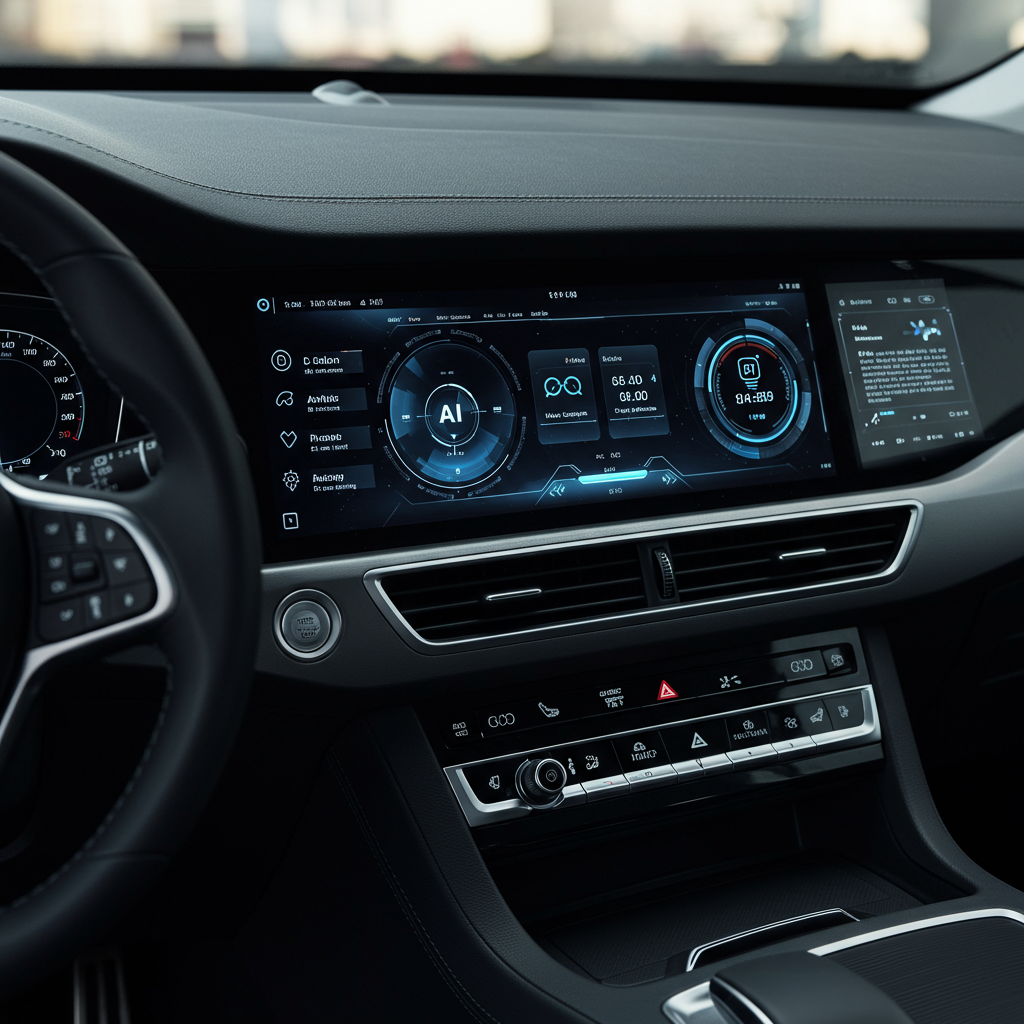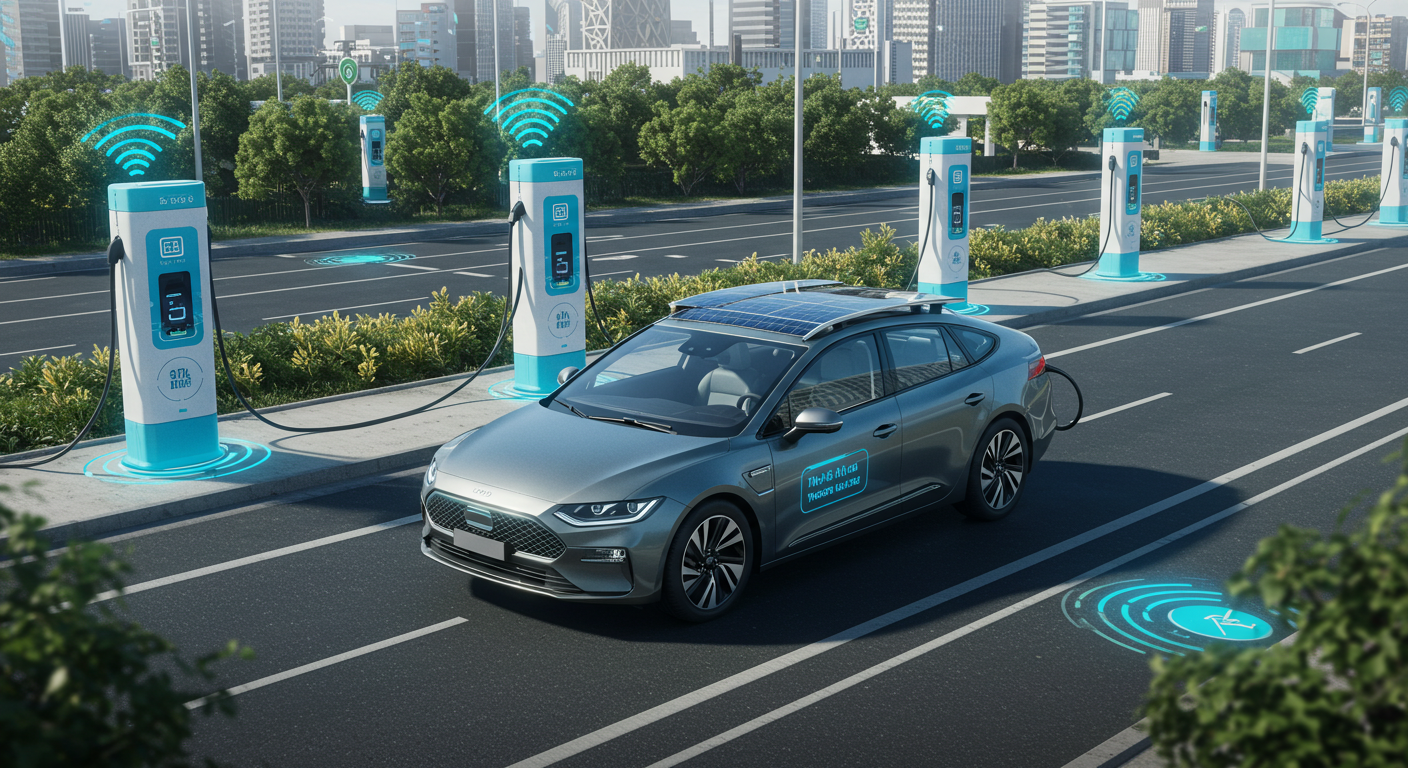The Future of Urban Mobility: How Autonomous Tech Can Solve Traffic Congestion and Emissions Challenges
Exploring innovative solutions that leverage autonomous vehicle technology to create smarter, cleaner, and more efficient urban transportation systems
Urban mobility is at a crossroads. Cities worldwide are grappling with two intertwined challenges: crippling traffic congestion and rising emissions. These issues not only frustrate commuters but also threaten public health and the environment. As populations grow and urbanization accelerates, traditional solutions—like building more roads or expanding public transit—fall short. Enter autonomous technology, a game-changer with the potential to revolutionize how we move through cities. By optimizing traffic flow, reducing emissions, and rethinking transportation models, autonomous vehicles (AVs) offer a path to smarter, cleaner, and more efficient urban mobility.

The Current State of Urban Mobility
Traffic congestion is more than an inconvenience—it's a global crisis. According to the INRIX Global Traffic Scorecard, drivers in major cities like London, Paris, and New York lose hundreds of hours each year stuck in traffic. This gridlock costs economies billions in lost productivity and wasted fuel. At the same time, transportation is a leading source of greenhouse gas emissions, contributing to air pollution and climate change. In the U.S. alone, the transportation sector accounts for nearly 30% of total emissions, with passenger vehicles being the largest culprit.
The need for a sustainable, scalable solution is urgent. Autonomous technology, particularly when paired with electric vehicles (EVs), presents a compelling answer. But how exactly can AVs tackle these twin challenges of congestion and emissions?
Autonomous Vehicles: A Solution to Congestion
At the heart of AVs' potential to reduce congestion is their ability to communicate and coordinate with each other and the surrounding infrastructure. Unlike human drivers, AVs can operate with precision, making real-time decisions that optimize traffic flow. Here are a few ways AVs can ease congestion:
- Platooning: AVs can travel in tightly packed groups, or platoons, reducing the space between vehicles and increasing road capacity. This is especially effective on highways, where platooning can smooth traffic flow and prevent bottlenecks.
- Traffic Signal Optimization: AVs can communicate with smart traffic lights to minimize stops and starts, reducing idling time and keeping vehicles moving efficiently through intersections.
- Predictive Routing: By analyzing real-time data on traffic conditions, AVs can choose the least congested routes, distributing traffic more evenly across the road network.
These capabilities not only reduce travel times but also make better use of existing infrastructure, delaying or even eliminating the need for costly road expansions.
Tackling Emissions with Autonomous Tech
Autonomous vehicles also hold promise for reducing emissions, particularly when combined with electric powertrains. Here's how:
- Eco-Driving: AVs can be programmed to drive in ways that minimize energy consumption—accelerating smoothly, maintaining optimal speeds, and avoiding unnecessary braking. This eco-driving behavior can significantly cut fuel use and emissions.
- Optimized Routing for EVs: Autonomous EVs can select routes that prioritize energy efficiency, such as avoiding steep inclines or taking advantage of regenerative braking opportunities.
- Shared Mobility Models: AVs enable new forms of shared transportation, like autonomous ride-hailing fleets. By increasing vehicle occupancy and reducing the number of private cars on the road, these models can lower overall emissions.
Moreover, as AVs become more integrated with smart city infrastructure, they can contribute to a broader ecosystem of sustainable mobility, including seamless connections with public transit and micro-mobility options like e-scooters and bikes.
Real-World Examples and Pilot Projects
Cities and companies are already testing the waters with AV projects aimed at tackling congestion and emissions:
- Waymo in Phoenix: Waymo's autonomous ride-hailing service has been operating in Phoenix since 2018, offering a glimpse into how AVs can reduce traffic by optimizing routes and reducing the need for parking.
- Singapore's Smart Nation Initiative: Singapore is piloting autonomous buses and shuttles in designated areas, aiming to reduce congestion and emissions while enhancing public transit.
- Volvo's Drive Me Project: In Gothenburg, Sweden, Volvo is testing autonomous EVs in real traffic conditions, focusing on how AVs can improve energy efficiency and reduce emissions.
Key Insight: These pilot projects provide valuable data and insights, helping to refine the technology and build public trust in autonomous vehicle systems.
Challenges and Considerations
While the potential is immense, scaling autonomous tech for urban mobility isn't without hurdles:
- Infrastructure Needs: AVs require robust digital infrastructure, including 5G networks and smart traffic systems, to operate effectively. Many cities lack this foundation, necessitating significant investment.
- Regulatory Barriers: The legal framework for AVs is still evolving. Issues like liability in the event of accidents and the integration of AVs into existing traffic laws must be addressed.
- Public Acceptance: Trust in AVs remains a barrier. High-profile accidents, even if rare, can erode confidence. Transparency in testing and clear communication about safety benefits are crucial.
Overcoming these challenges will require collaboration between governments, tech companies, and automakers, as well as public education campaigns to demystify the technology.
The Road Ahead
The future of urban mobility hinges on innovation, and autonomous technology is at the forefront of this transformation. By reducing congestion and emissions, AVs can make cities more livable, sustainable, and efficient. However, realizing this vision demands more than just technological breakthroughs—it requires a holistic approach that includes infrastructure upgrades, regulatory clarity, and public buy-in.
As we look to the next decade, the question isn't whether autonomous tech will play a role in urban mobility, but how quickly we can harness its full potential. The stakes are high, but so are the rewards: cleaner air, less time wasted in traffic, and a transportation system that works for everyone.
Ready to explore how autonomous technology can transform your urban mobility challenges? Partner with GRC Consulting to navigate the future of connected, intelligent transportation systems.






